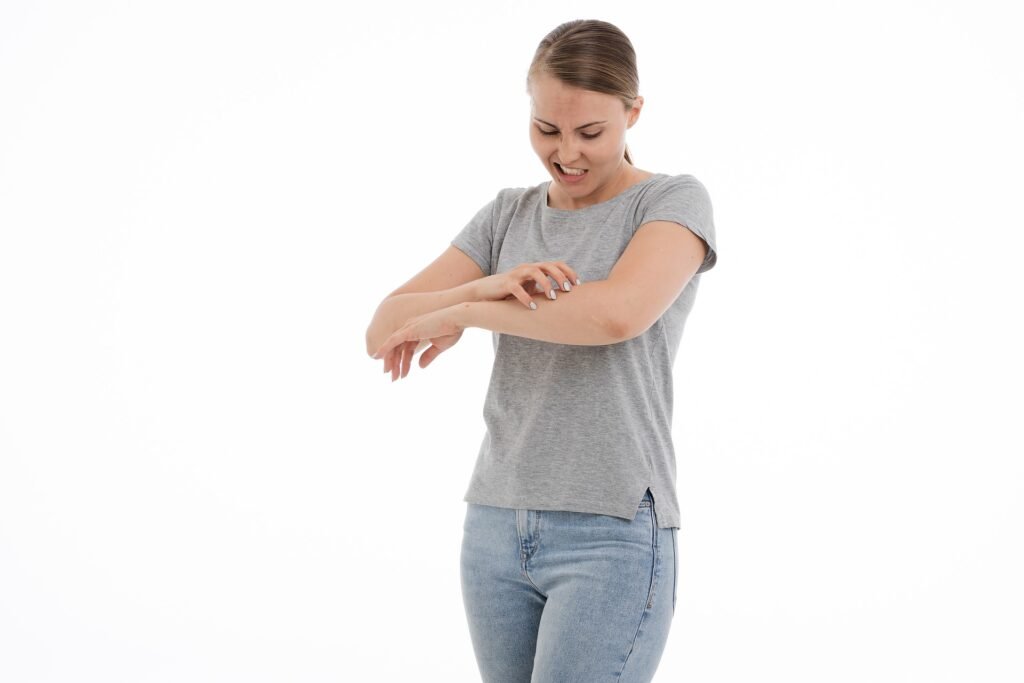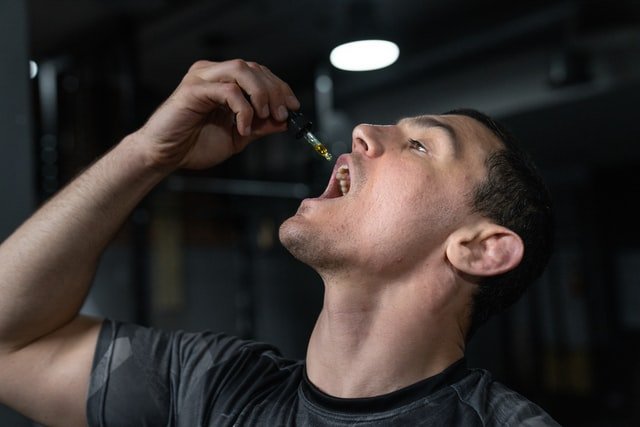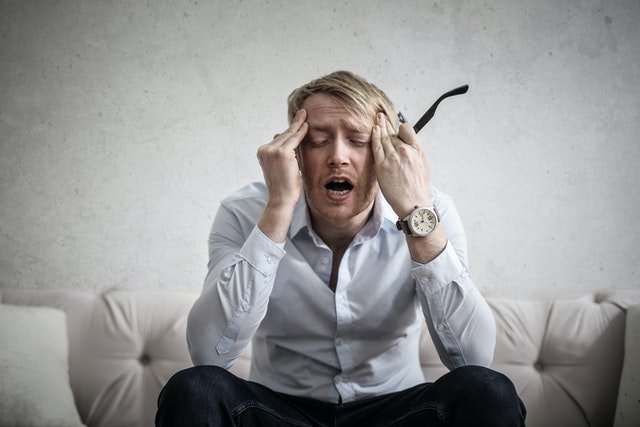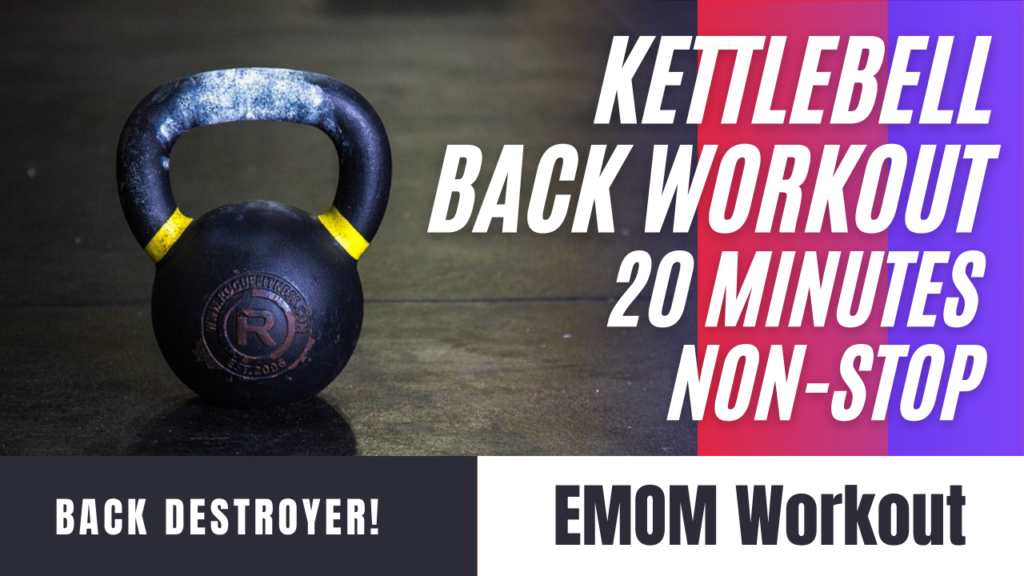
How Much CBD For Psoriasis: A Comprehensive Guide
Psoriasis is a chronic skin condition that accelerates the life cycle of skin cells, causing them to build up rapidly on the surface of the skin.
The extra skin cells form scales and red patches that are often itchy and painful. While there is currently no cure for psoriasis, various treatments can help manage the symptoms. One such treatment that has gained attention in recent years is Cannabidiol, commonly known as CBD.
CBD is a natural compound found in the Cannabis Sativa plant. Unlike its cousin, THC, CBD is non-psychoactive, meaning it doesn’t cause the “high” associated with cannabis.
Research has shown that CBD may have numerous health benefits, including anti-inflammatory and pain-relieving properties. These potential benefits make CBD a promising option for managing the symptoms of psoriasis.
So, how much CBD do you need for psoriasis? Short Answer…
There doesn’t seem to be a set number that can be considered a “standard amount”. Most of the dosages and strengths are all anecdotal based. As there hasn’t been sufficient scientific studies published to give an accurate amount for an individual or what type of CBD to use. Whether it be a CBD Salve (topical) or a digestible product (Oil or capsule) to help, finding the correct dosage for you may take a little research, with trial and error. Some psoriasis forums suggest that many people have success when taking at least 10mg per day and gradually increasing it to 20 – 30mg. However, this may not be the case for you and its also important to look for third party testing on any CBD product you buy to validate the quality of the product.
Understanding Psoriasis
Psoriasis is an autoimmune disease that primarily affects the skin. It occurs when the immune system mistakenly attacks healthy skin cells, causing an overproduction of new cells. This rapid cell turnover leads to the formation of thick, scaly patches on the skin’s surface, known as plaques.
There are several types of psoriasis, each with unique characteristics:
- Plaque Psoriasis: The most common form, characterized by raised, red patches covered with a silvery white buildup of dead skin cells or scales.
- Guttate Psoriasis: This type often starts in childhood or young adulthood and is marked by small, water-drop-shaped sores on the trunk, arms, legs, and scalp.
- Inverse Psoriasis: This type primarily affects the skin in the armpits, groin, under the breasts, and around the genitals and buttocks. These areas show up as bright red lesions that are smooth and shiny.
- Pustular Psoriasis: Characterized by white blisters of noninfectious pus surrounded by red skin, this type can occur in smaller areas or widespread.
- Erythrodermic Psoriasis: A severe and rare form of psoriasis that can lead to widespread, fiery skin that appears to be burned.
Common symptoms of psoriasis include red patches of skin covered with thick, silvery scales, dry, cracked skin that may bleed, itching, burning, or soreness, thickened, pitted, or ridged nails, and swollen and stiff joints. Complications can include psoriatic arthritis, eye conditions, obesity, type 2 diabetes, high blood pressure, cardiovascular disease, and other autoimmune diseases.
For more in-depth information on psoriasis, visit the National Psoriasis Foundation.

CBD and Its Potential Benefits for Psoriasis
Cannabidiol (CBD) is one of the many compounds, known as cannabinoids, found in the cannabis plant. Unlike THC (tetrahydrocannabinol), which is the primary active ingredient in marijuana, CBD is not psychoactive, meaning it doesn’t cause the “high” associated with marijuana.
CBD works by interacting with the body’s endocannabinoid system (ECS), a complex cell-signaling system that plays a role in regulating a range of functions and processes, including sleep, mood, appetite, memory, and immune response. The ECS consists of endocannabinoids (which are similar to cannabinoids but are produced by your body), receptors in the nervous system and other parts of your body that endocannabinoids and cannabinoids bond with, and enzymes that help break down endocannabinoids and cannabinoids.
Research has shown that CBD may have anti-inflammatory, analgesic (pain-relieving), and immunomodulatory effects, which can be beneficial for managing psoriasis symptoms. CBD may help reduce inflammation and slow the overproduction of skin cells that leads to psoriasis patches. Additionally, CBD’s analgesic properties may help alleviate the pain and discomfort associated with psoriasis.
Related: Why Does CBD Oil Make Me Burp?
How Much CBD for Psoriasis?
Determining the right dosage of CBD for psoriasis can be a bit tricky as it depends on various factors, including the severity of your symptoms, your body weight, and your individual response to CBD. However, many users have reported finding relief with a daily dosage of 10 to 30 mg of CBD.
It’s important to note that higher dosages may be necessary for people with severe symptoms or those with psoriatic arthritis. In such cases, users have reported using 20 to 40 mg of CBD per day to manage their symptoms.
When starting CBD, it’s generally recommended to begin with a low dose and gradually increase it until you find the amount that works best for you. This approach, known as “start low and go slow,” allows you to monitor your body’s response to CBD and minimize potential side effects.
Here are some general steps to determine your optimal CBD dosage:
- Start with a low dose: Begin with a daily dose of 10 mg of CBD.
- Monitor your symptoms: Keep track of your symptoms and any side effects.
- Adjust your dose: If you’re not experiencing the desired effects after a week, increase your dose by 5 to 10 mg.
- Repeat this process: Continue this process until you find the dose that best manages your symptoms.
Remember, everyone’s body responds differently to CBD, and what works for one person may not work for another. It’s also crucial to consult with a healthcare professional before starting CBD, especially if you’re taking other medications.
For more information on CBD dosage, visit the American Academy of Dermatology.

CBD for Psoriatic Arthritis
Psoriatic arthritis is a type of arthritis that affects some people who have psoriasis. This condition typically causes affected joints to become inflamed, stiff, and painful. Like psoriasis, psoriatic arthritis is a chronic disease, and it can get worse over time without proper treatment.
CBD’s potential anti-inflammatory and analgesic properties may be particularly beneficial for managing the symptoms of psoriatic arthritis. By interacting with the body’s endocannabinoid system, CBD may help reduce inflammation in the joints and alleviate pain. Some users with psoriatic arthritis report taking higher doses of CBD, usually around 20 to 40 mg per day, to manage their pain effectively.
For more information on psoriatic arthritis, visit the Arthritis Foundation.
Related: Why Does CBD Oil Make Me Cough?
Using CBD during Psoriasis Flare-ups
Psoriasis is a chronic disease characterized by periods of remission and flare-ups. During a flare-up, symptoms can become significantly worse, and additional treatment may be necessary.
When it comes to using CBD during psoriasis flare-ups, some users recommend increasing the dosage to help manage the heightened symptoms. However, it’s important to remember that everyone’s body responds differently to CBD, and what works for one person may not work for another.
As always, it’s recommended to start with a low dose and gradually increase it, monitoring your symptoms closely. During a flare-up, you might find that you need a higher dose than during periods of remission. However, it’s crucial to consult with a healthcare professional before making any significant changes to your CBD dosage.

FAQs
How many mg of CBD for topical use?
The optimal dosage of CBD for topical use can vary depending on the severity of your symptoms and the specific product you’re using. As a general guideline, start with a small amount, such as a dime-sized dollop, and increase as needed. Always follow the instructions provided on the product label.
What amount of CBD oil should I take a day?
The amount of CBD oil you should take per day can depend on a variety of factors, including your body weight, the severity of your symptoms, and your individual response to CBD. However, many users find relief with a daily dosage of 10 to 30 mg of CBD. For more severe conditions like psoriatic arthritis, higher dosages may be necessary.
What does CBD oil do for psoriasis?
CBD oil may help manage the symptoms of psoriasis by reducing inflammation and slowing the overproduction of skin cells that leads to psoriasis patches. Additionally, CBD’s analgesic properties may help alleviate the pain and discomfort associated with this condition.
How much and how often should you take CBD?
The amount and frequency of CBD you should take can depend on your individual needs and response to CBD. As a general guideline, start with a low dose of CBD, such as 10 mg per day, and gradually increase it until you find the amount that best manages your symptoms. Some users find it helpful to split their daily dosage into two or three smaller doses taken throughout the day.
Final Thoughts…
In conclusion, CBD may offer a promising alternative or adjunct treatment for managing the symptoms of psoriasis and psoriatic arthritis. While the optimal dosage can vary depending on individual factors, many users find relief with a daily dosage of 10 to 30 mg of CBD.
However, it’s crucial to start with a low dose and gradually increase it, monitoring your symptoms closely. As always, it’s recommended to consult with a healthcare professional before starting CBD, especially if you’re taking other medications.
Remember, everyone’s body responds differently to CBD, and what works for one person may not work for another.
Always seek the professional opinion from your doctor before trying CBD or any changes to your diet.
If you enjoy sport and use CBD to help with your recovery in between gruelling workouts, then your are in the right place. Here at Sport CBDs, we train hard and recover the best way possible…
We have regular workouts (check out the YouTube channel), CBD news and CBD products to help you gain that edge!
If you wanted to check out the reputable CBD we have on offer here at the site, then please head to the Sport CBDs Store. We also do fitness clothing and yoga accessories too.
Until next time, all the best…


